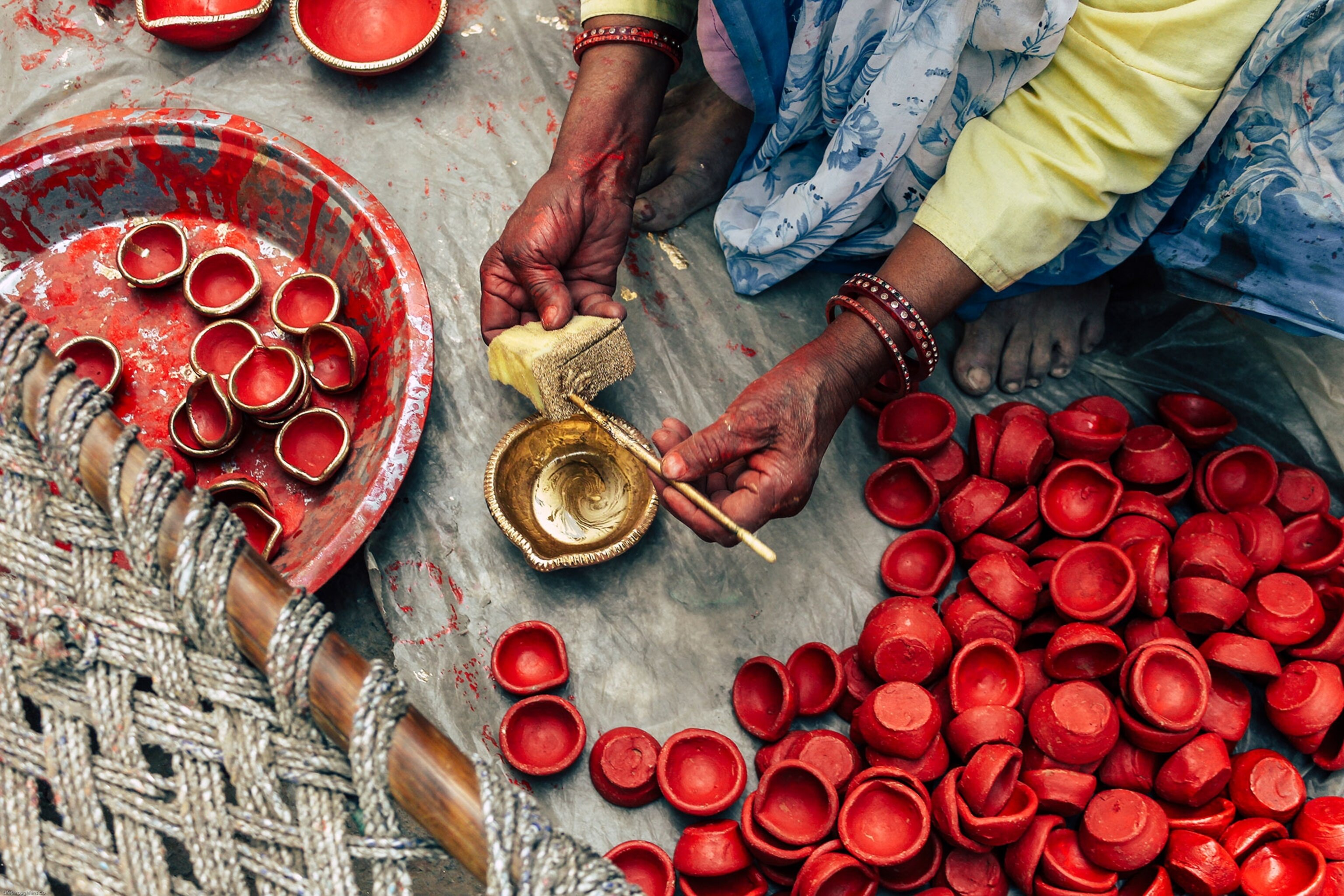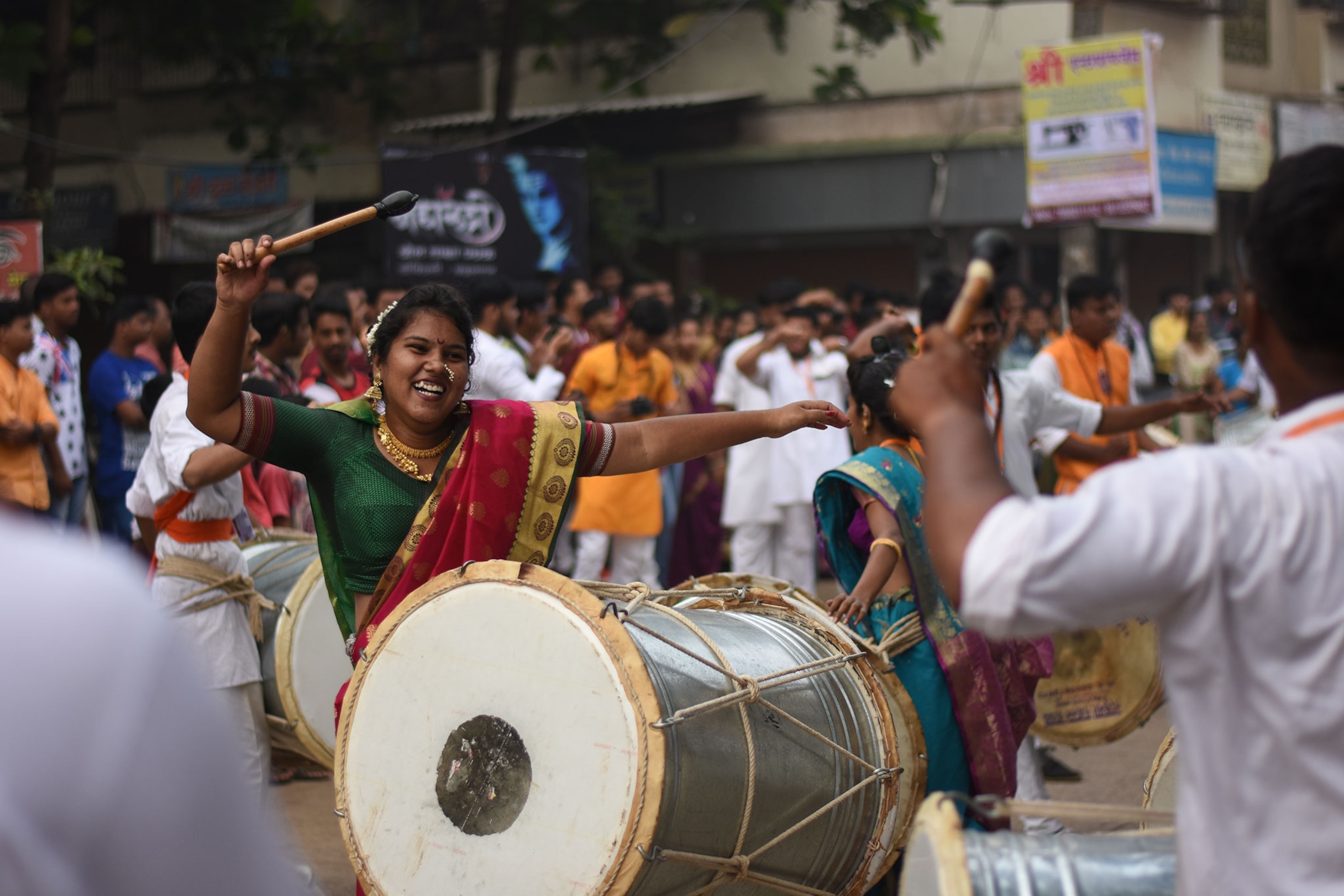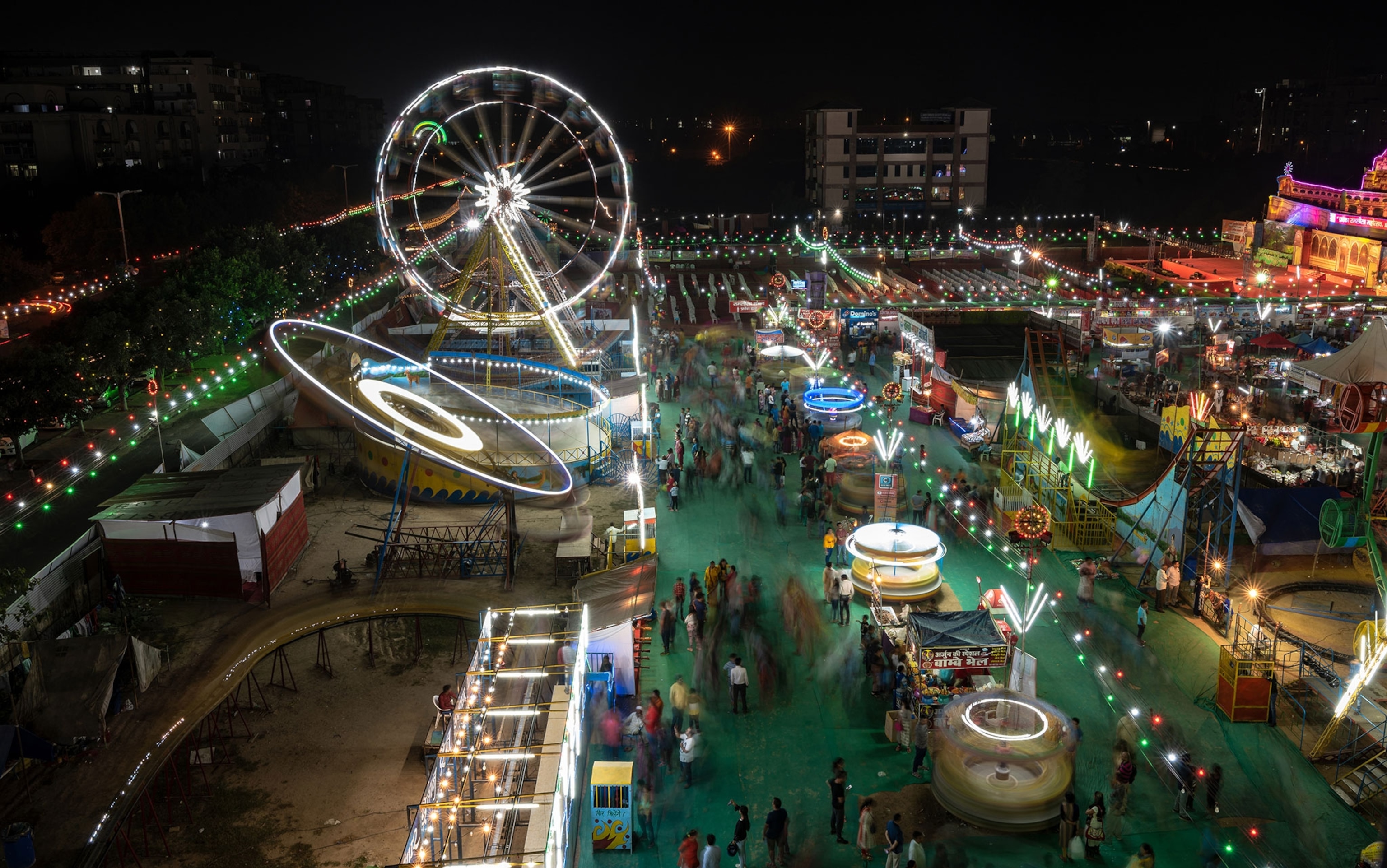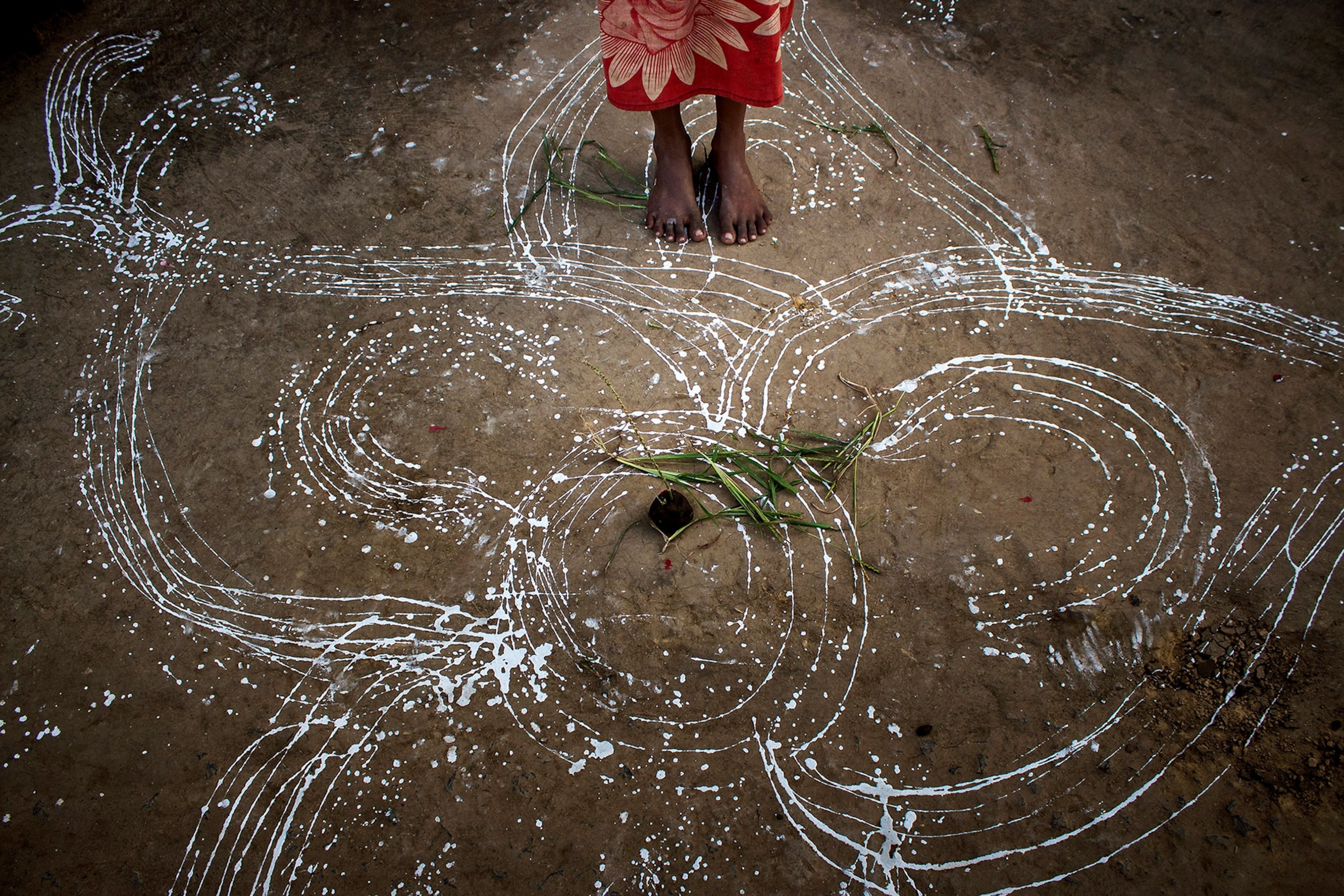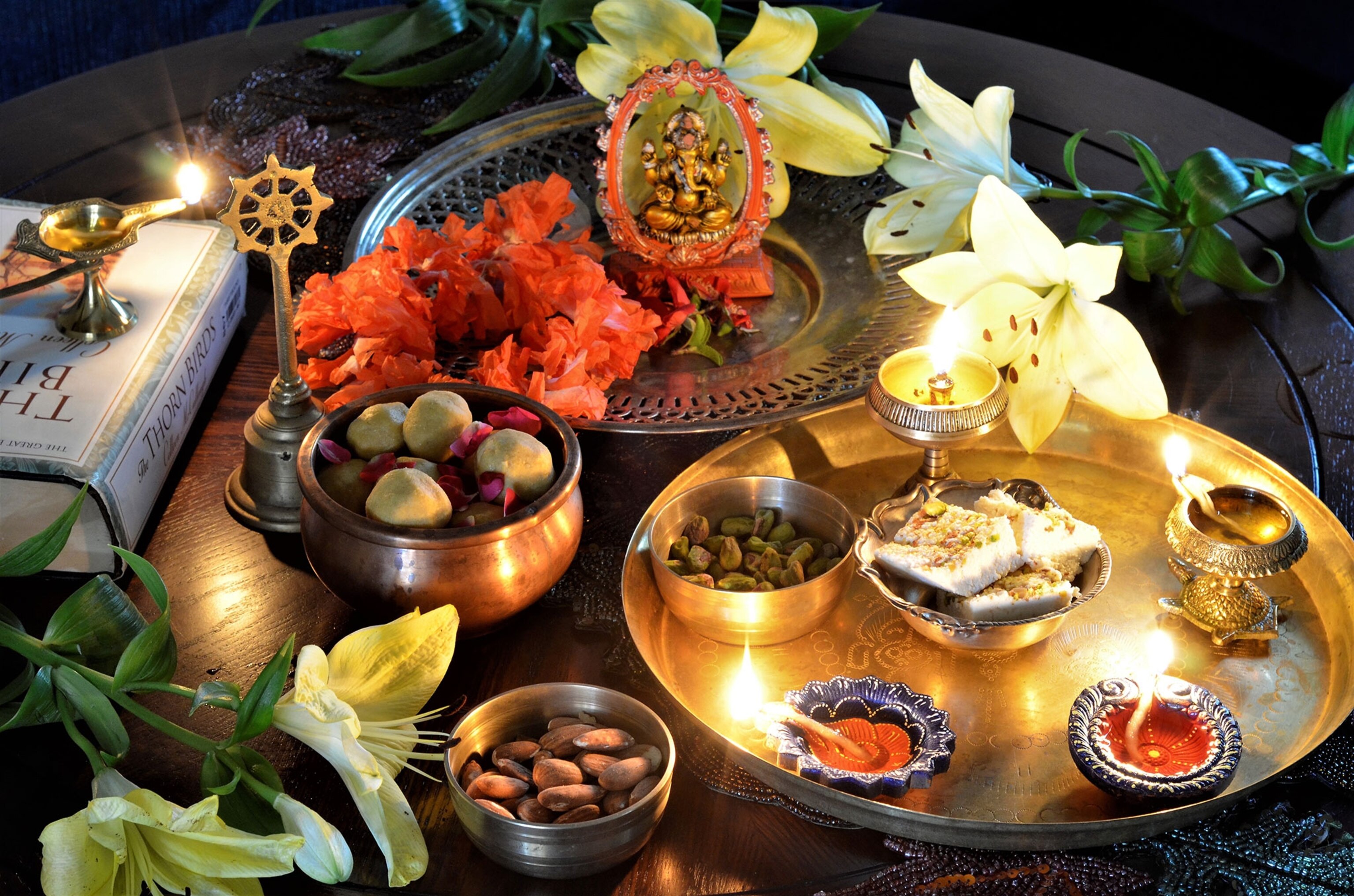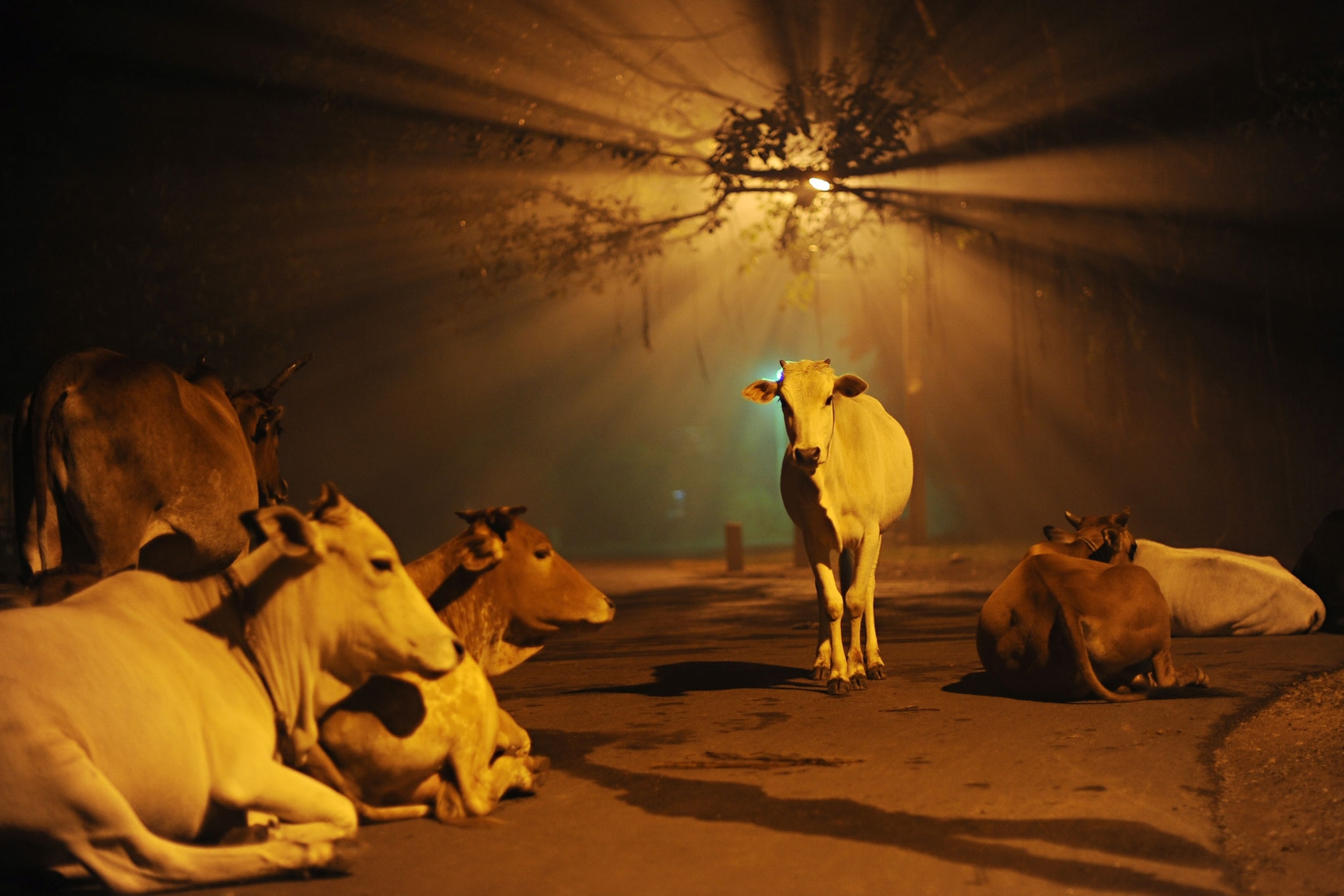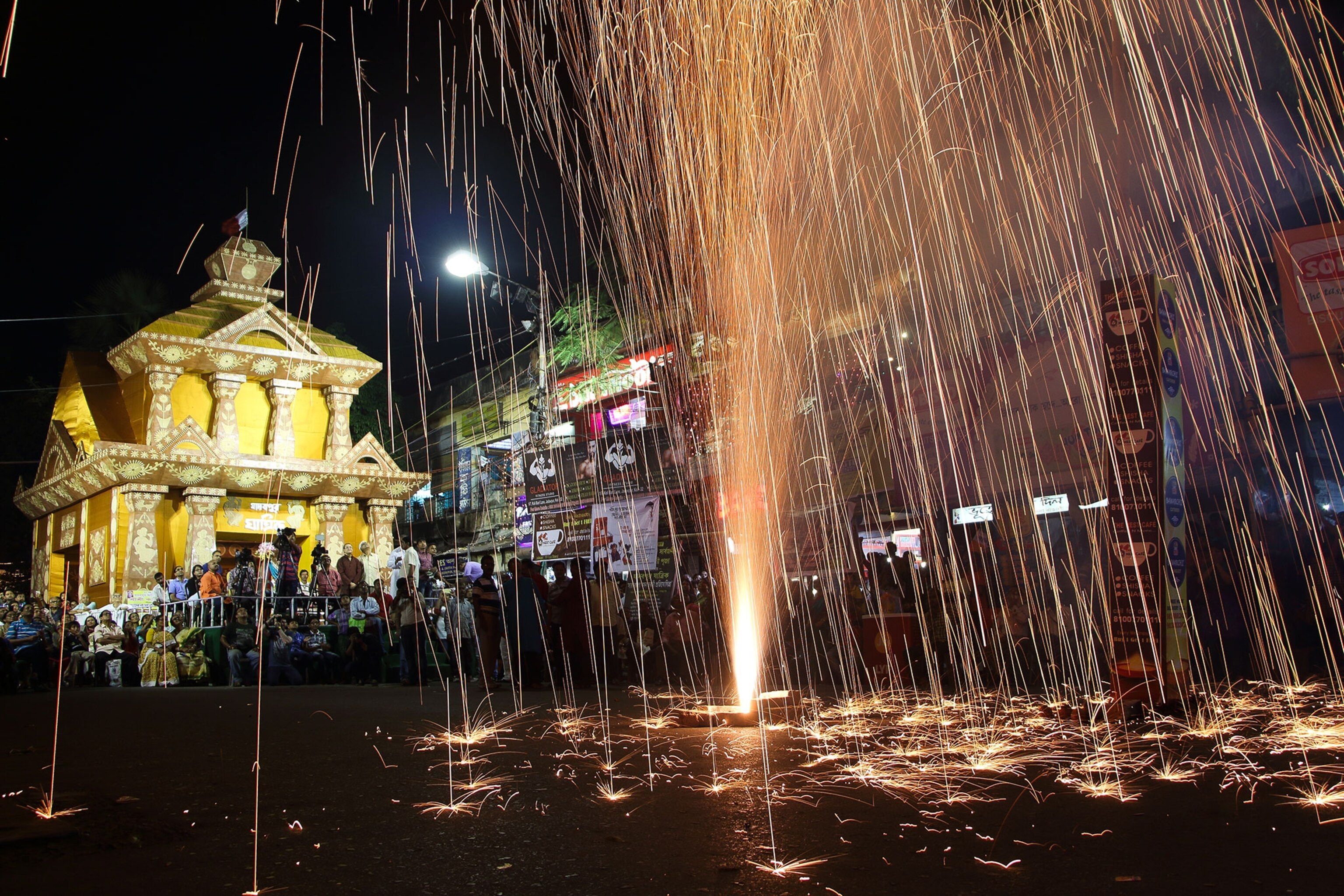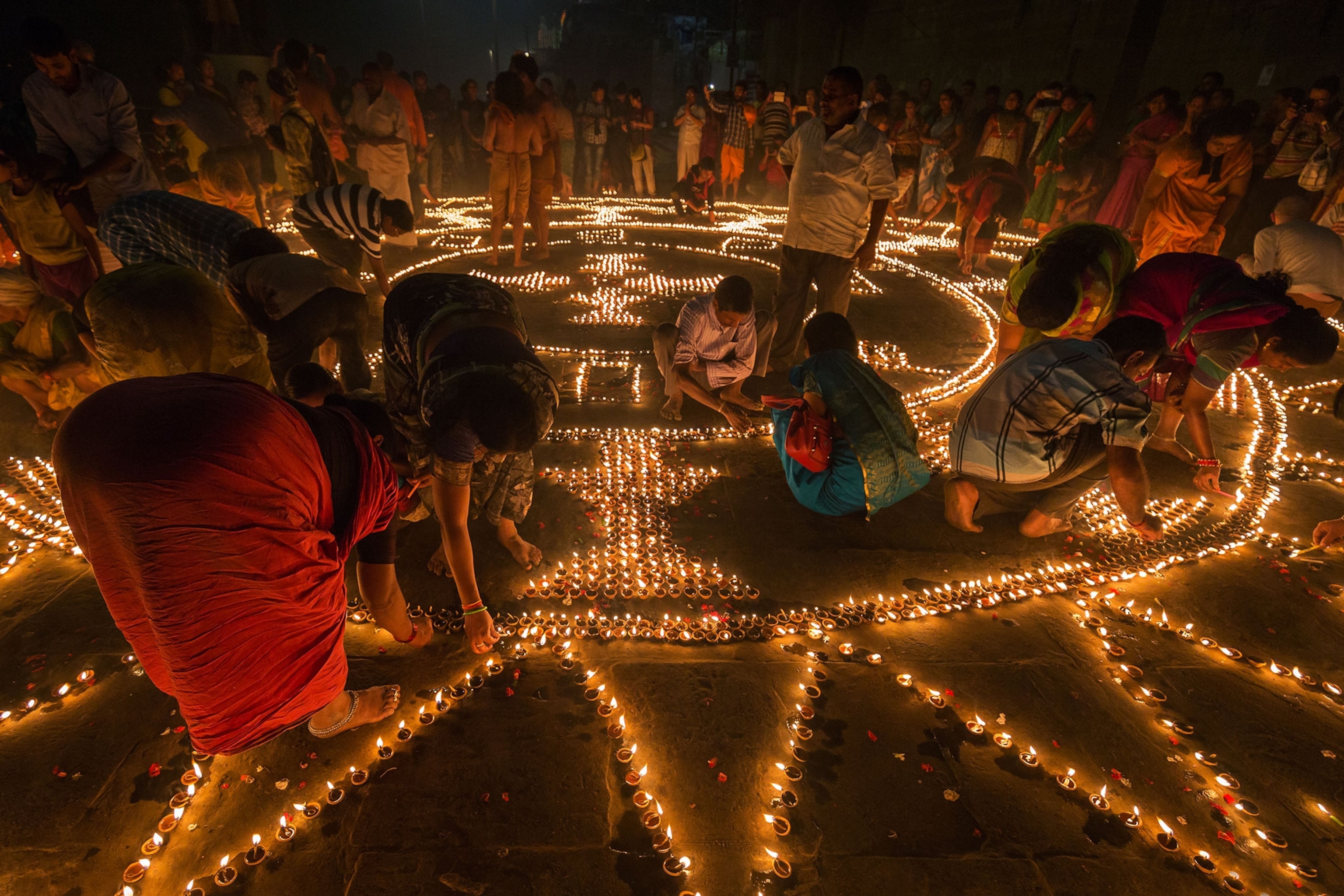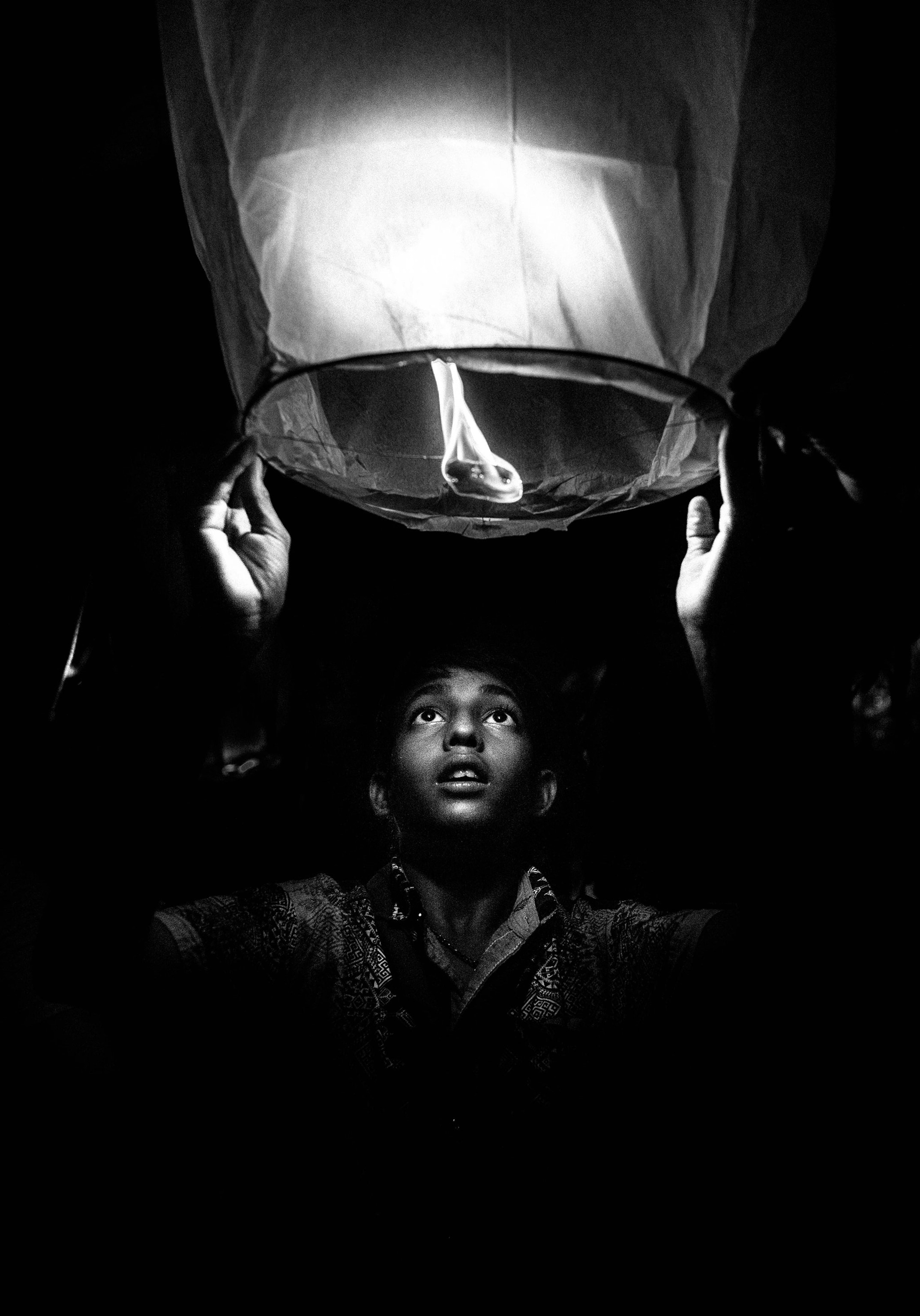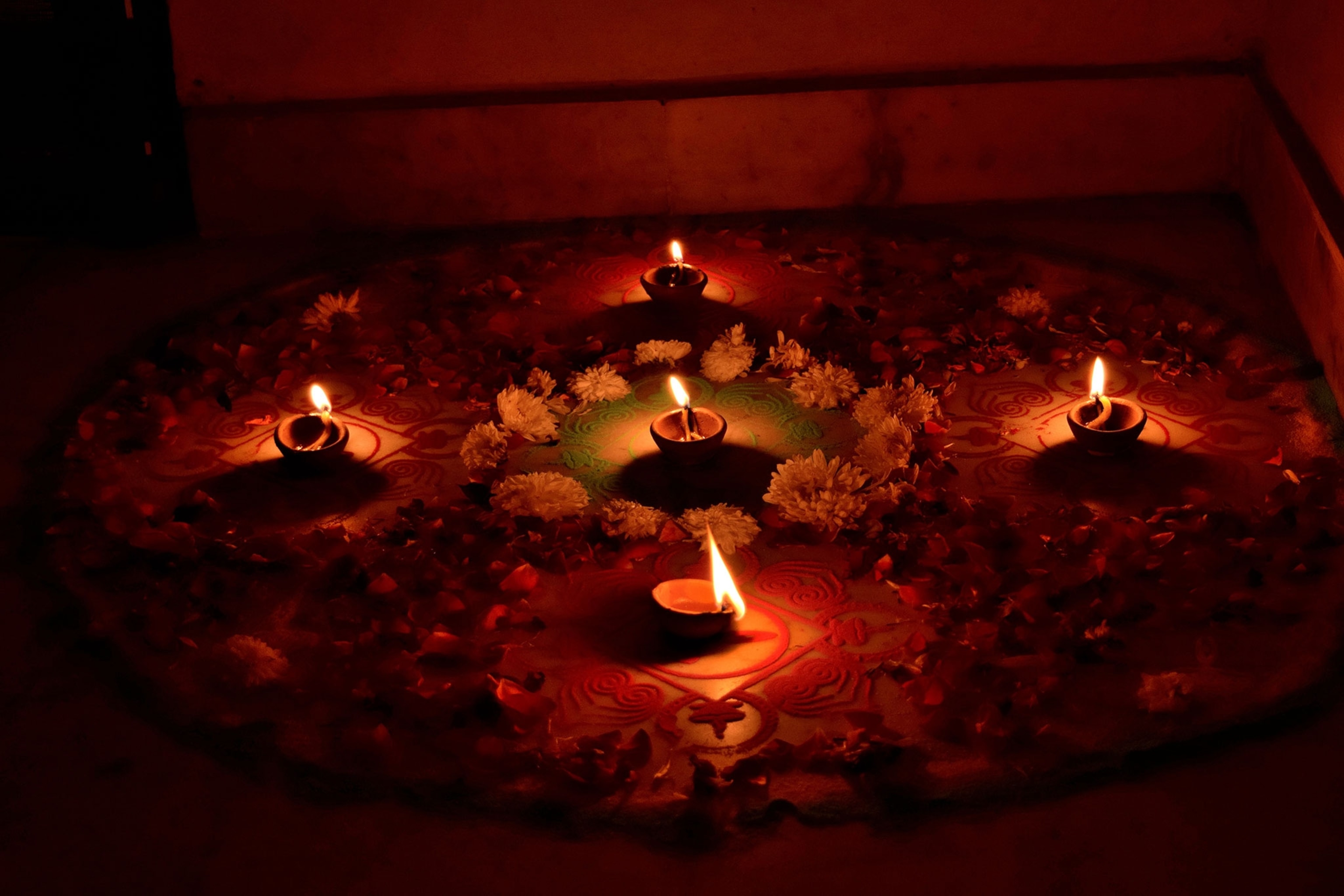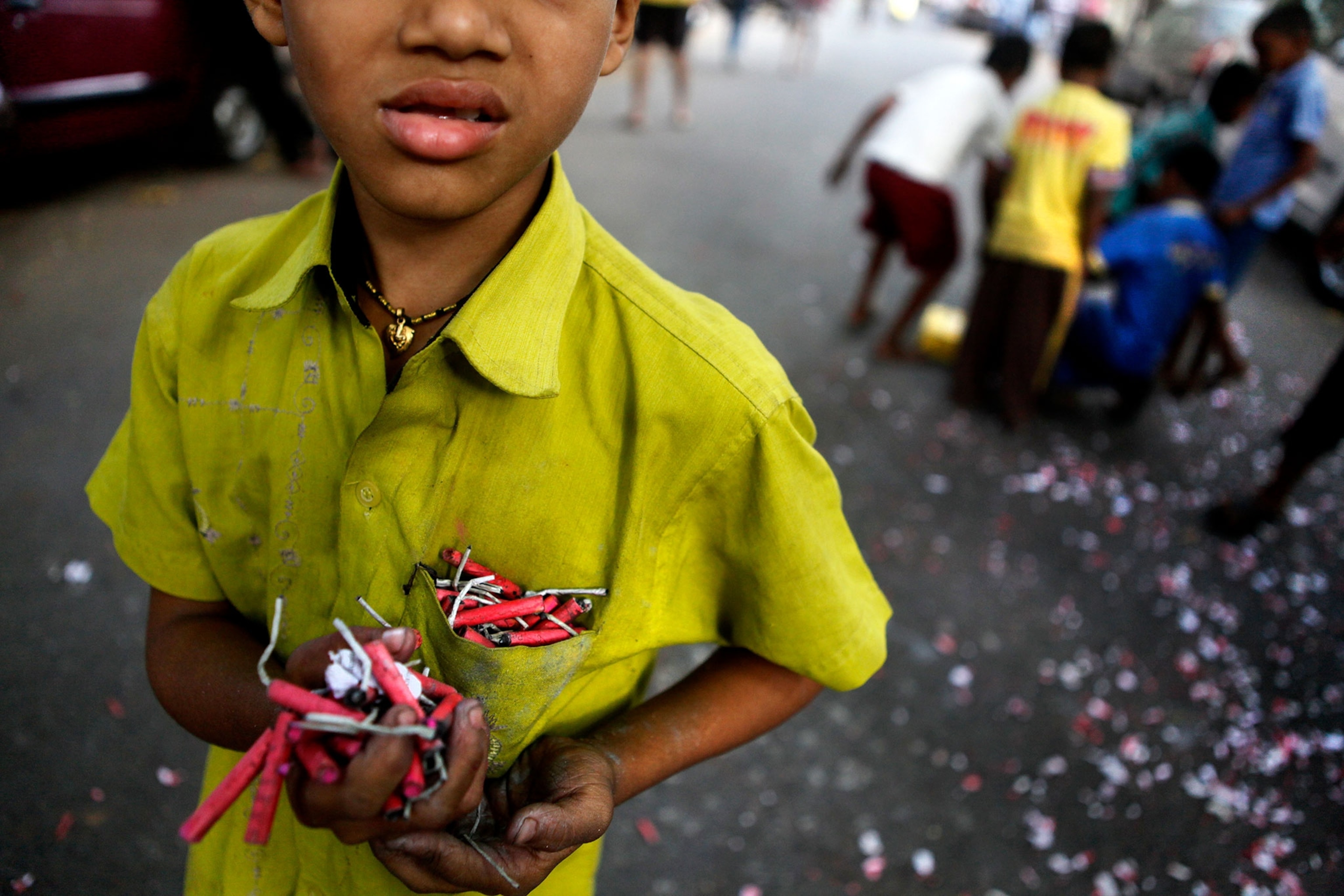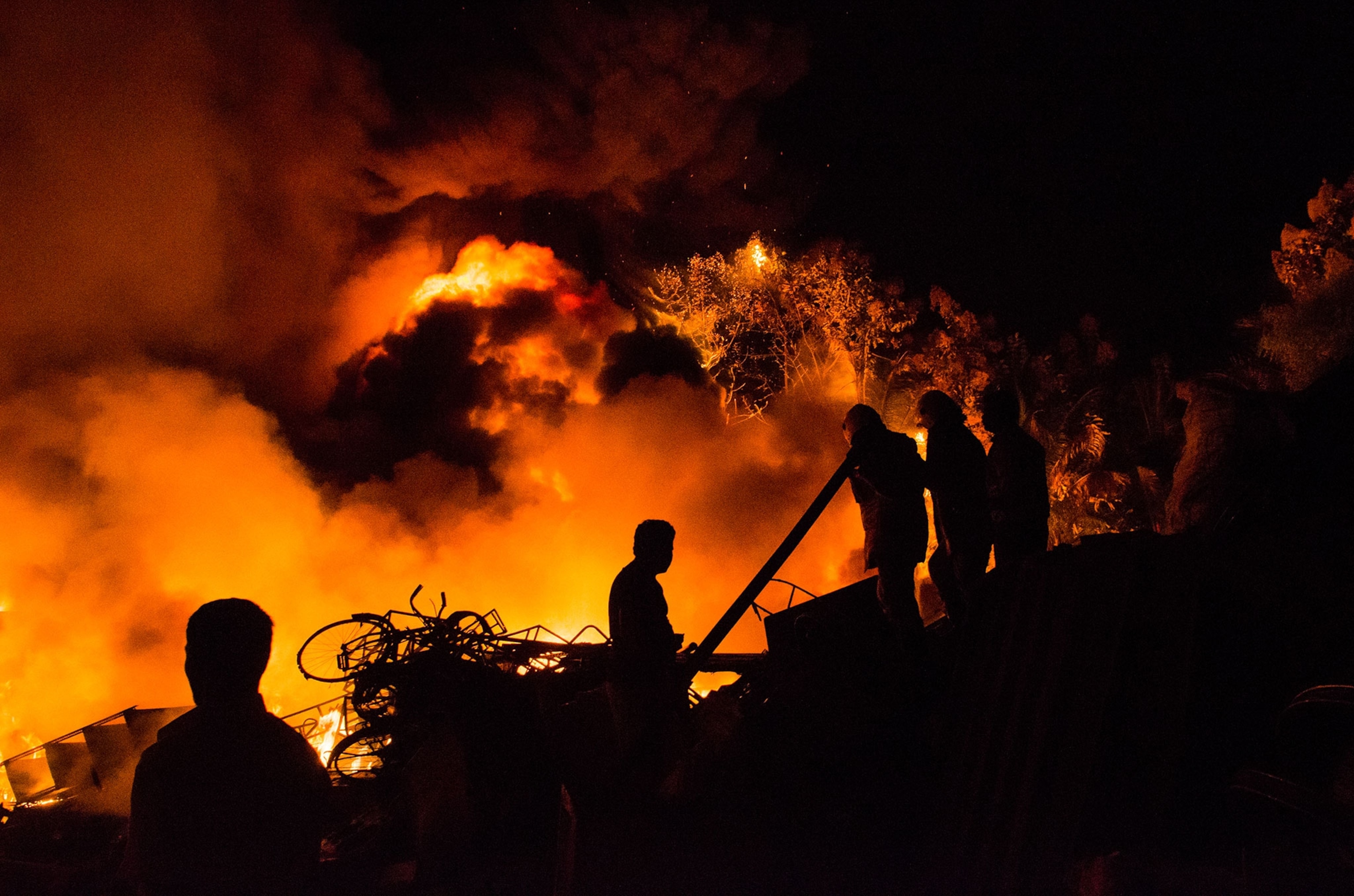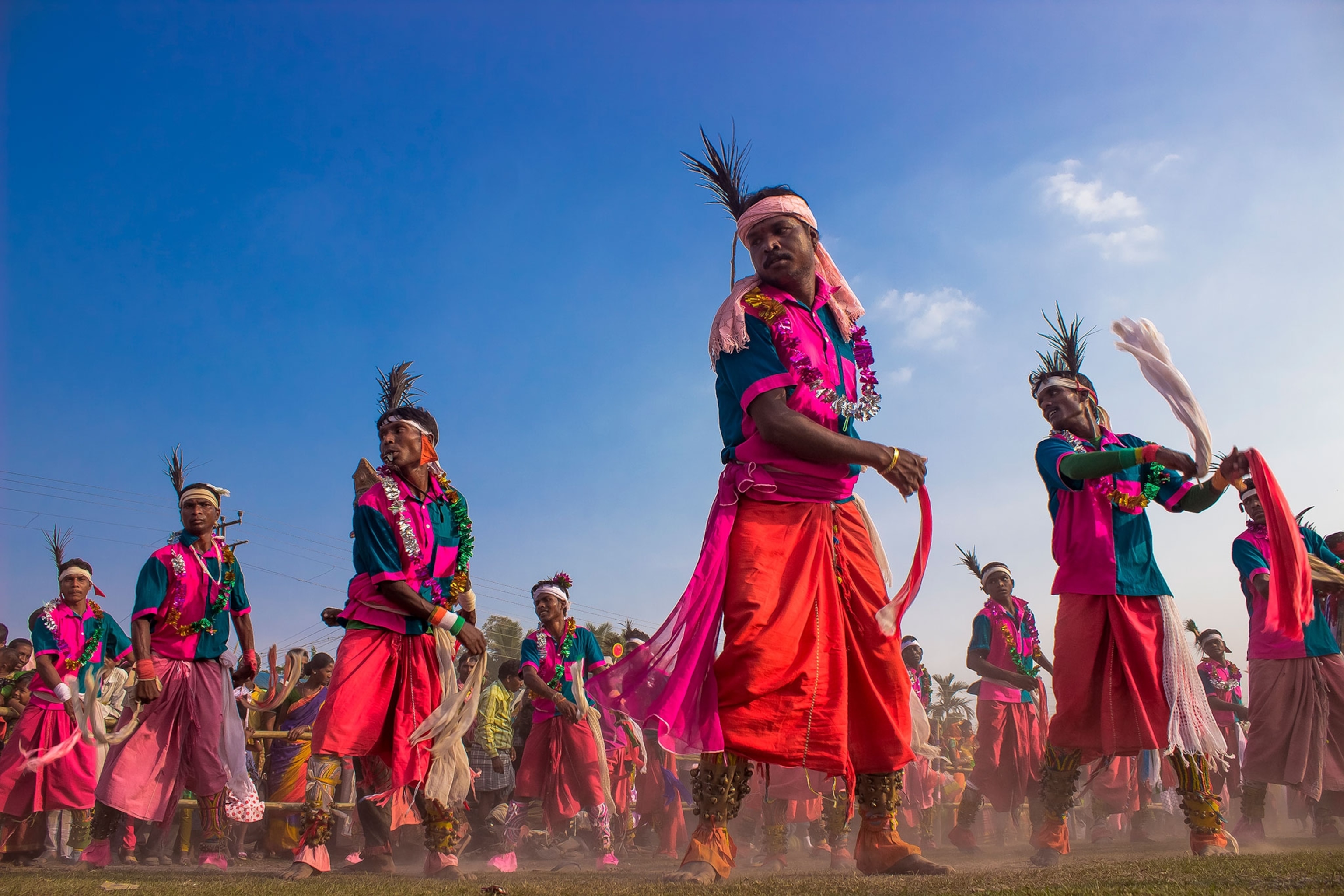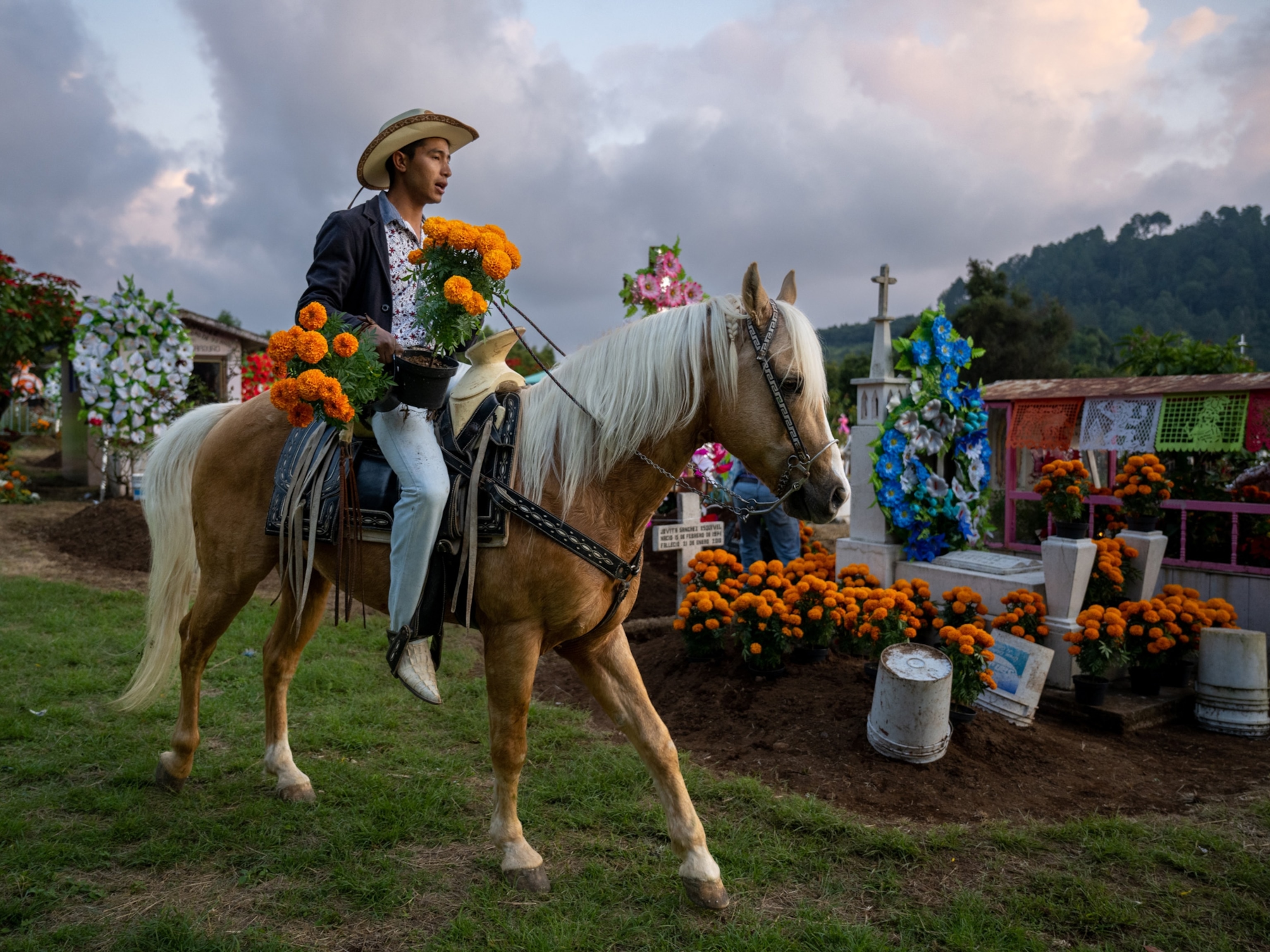See dazzling pictures of Diwali, the festival of lights
The famous Hindu celebration is increasingly popular among tourists.
In these turbulent times, we all need reassurance that good will eventually triumph over evil. Diwali, India’s biggest and most important holiday, offers just that.
The festival traces its origins to several different texts, the most popular of which is the tale of the Hindu god Lord Rama. According to the ancient Sanskrit epic Ramayana, Rama returned to his kingdom of Ayodhya after 14 years in exile to defeat the demon king Ravana. Diwali is also linked to Lakshmi, the goddess of wealth, fortune, and prosperity. But all variations of the festival are linked by a common symbolism: the victory of light over darkness, knowledge over ignorance, and good over evil.
Diwali takes place around the new moon between the Hindu months of Asvina and Kartika (late October/early November). People throughout India (and Nepal) celebrate Diwali (which is also known as Deepavali) by setting off fireworks, sharing sweet treats, and decorating homes and public spaces. Five days of celebrations begin with cleaning the home on the first day and, on the second, decorating with clay lamps and rangoli designs on floors.
The third day (which falls on November 7 this year) is the main event, reuniting families to pray and feast. On the fourth day, friends and relatives celebrate the first day of the Hindu new year by exchanging gifts, and on the final day, which honors siblings, brothers and sisters celebrate together.
- National Geographic Expeditions
Recent years have seen a jump in foreign tourists visiting India specifically to participate in Diwali celebrations, especially joining a local family's celebration. Global tour operator Trafalgar has seen such an increase in interest that they’ve created a trip specifically surrounding Diwali.

